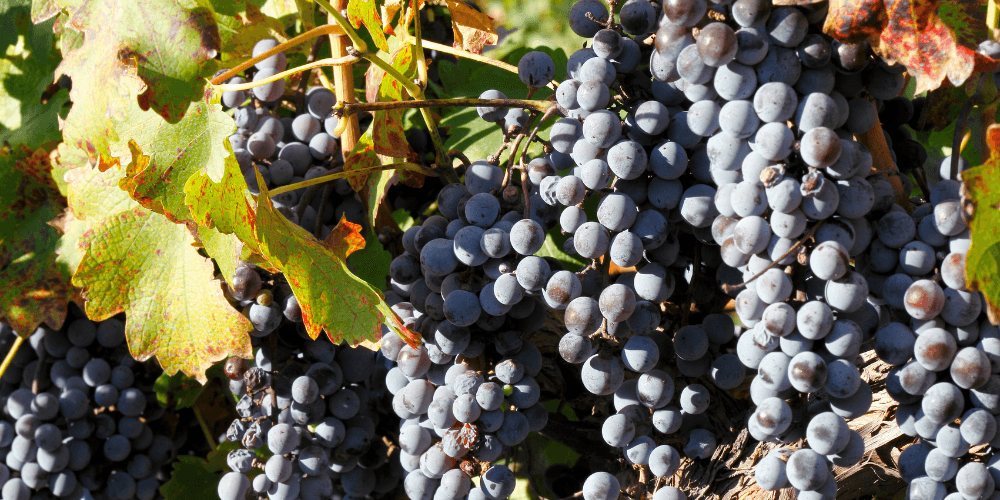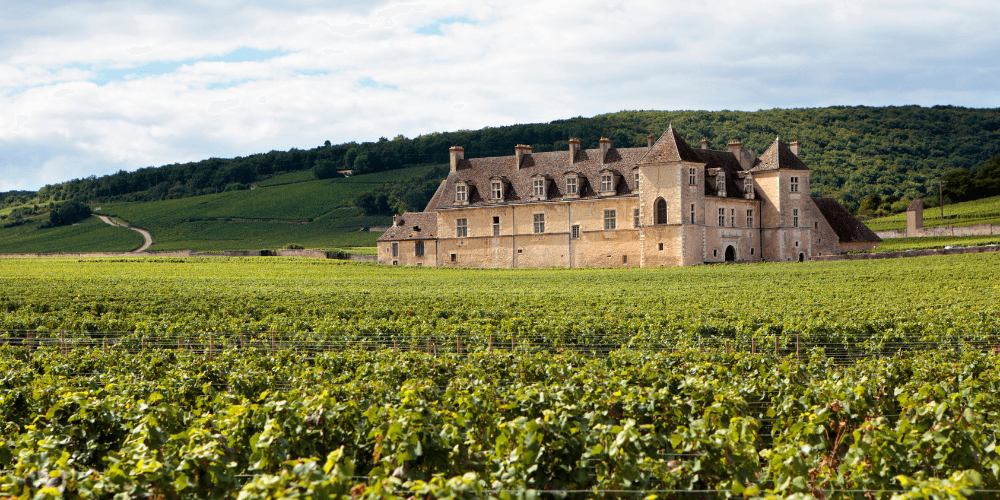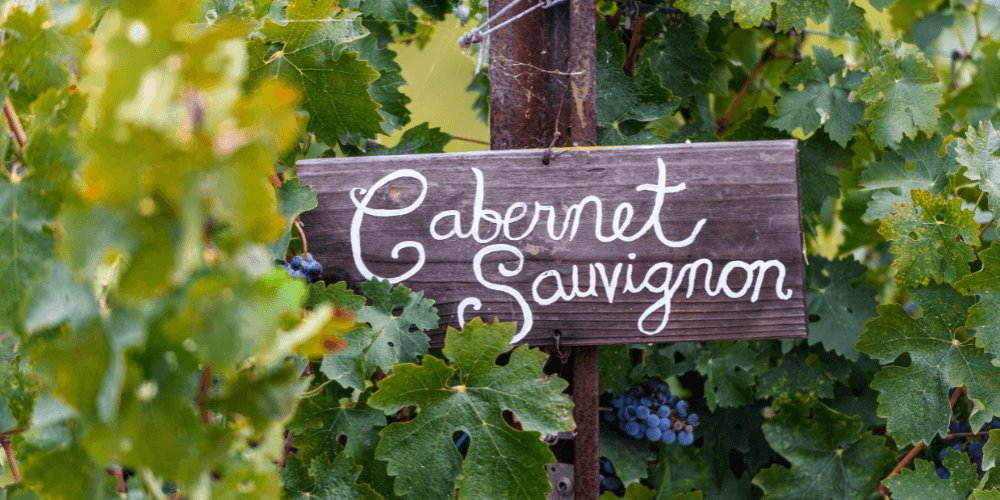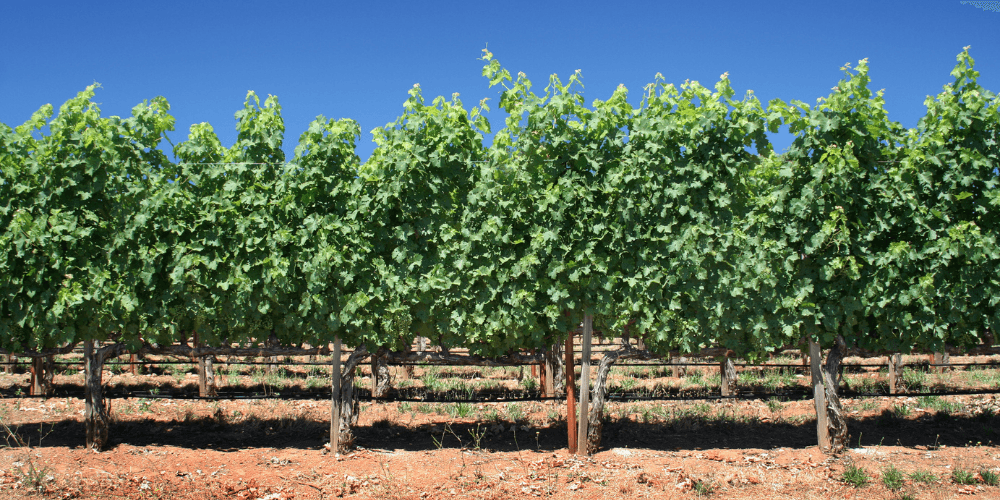


Cabernet Sauvignon, often hailed as the "King of Red Wines," boasts a storied history that traces its roots back to 17th-century France. This noble grape varietal, Cabernet Sauvignon, owes its existence to a fascinating and somewhat serendipitous event in the vineyards of 17th-century Bordeaux, France. It was here that a natural cross-pollination occurred between two already well-established grape varieties: Cabernet Franc, a red grape known for its elegance and herbal characteristics, and Sauvignon Blanc, a white grape celebrated for its vibrant acidity and aromatic profile. This crossbreeding resulted in a new grape that inherited the best traits of both its parents: the structure and depth of Cabernet Franc combined with the aromatic intensity and freshness of Sauvignon Blanc.
Once this new varietal was identified, it didn't take long for winemakers in Bordeaux to recognize its exceptional potential. Cabernet Sauvignon quickly became a cornerstone of fine wine production in the region. Over the centuries, Cabernet Sauvignon has spread its influence across the globe, becoming a symbol of elegance, power, and complexity in the world of wine.

While Cabernet Sauvignon is grown in virtually every wine-producing country, its heart and soul remain in Bordeaux, France. This region, particularly the Médoc area, is where Cabernet Sauvignon's potential was first realized and continues to produce some of the world's most revered wines. Outside of France, California's Napa Valley has become synonymous with high-quality Cabernet Sauvignon, producing wines that rival those from Bordeaux in both prestige and price. Other notable regions include Chile's Maipo Valley, Australia's Coonawarra, and South Africa's Stellenbosch, each offering unique expressions of this versatile grape.

Cabernet Sauvignon's appeal lies in its robust and complex flavor profile. At its core, it offers bold notes of dark fruits, such as blackcurrant, blackberry, and plum. These rich fruit flavors are often complemented by secondary notes of cedar, tobacco, and sometimes mint, especially in wines aged in oak barrels. The grape's thick skins contribute to its high tannin content, which provides structure and aging potential, making it a favorite for collectors. On the palate, Cabernet Sauvignon is full-bodied, with a balance of acidity and tannins that allows it to pair beautifully with rich foods, such as steak, lamb, and aged cheeses.

Every year, wine enthusiasts around the world come together to celebrate International Cabernet Sauvignon Day, typically held on the last Thursday before Labor Day in the United States. This global event is a tribute to the grape's enduring popularity and influence, with tastings, special events, and social media campaigns dedicated to honoring this legendary varietal. Whether you're enjoying a glass of Bordeaux or a Napa Valley classic, International Cabernet Sauvignon Day is the perfect occasion to raise a toast to the King of Red Wines.